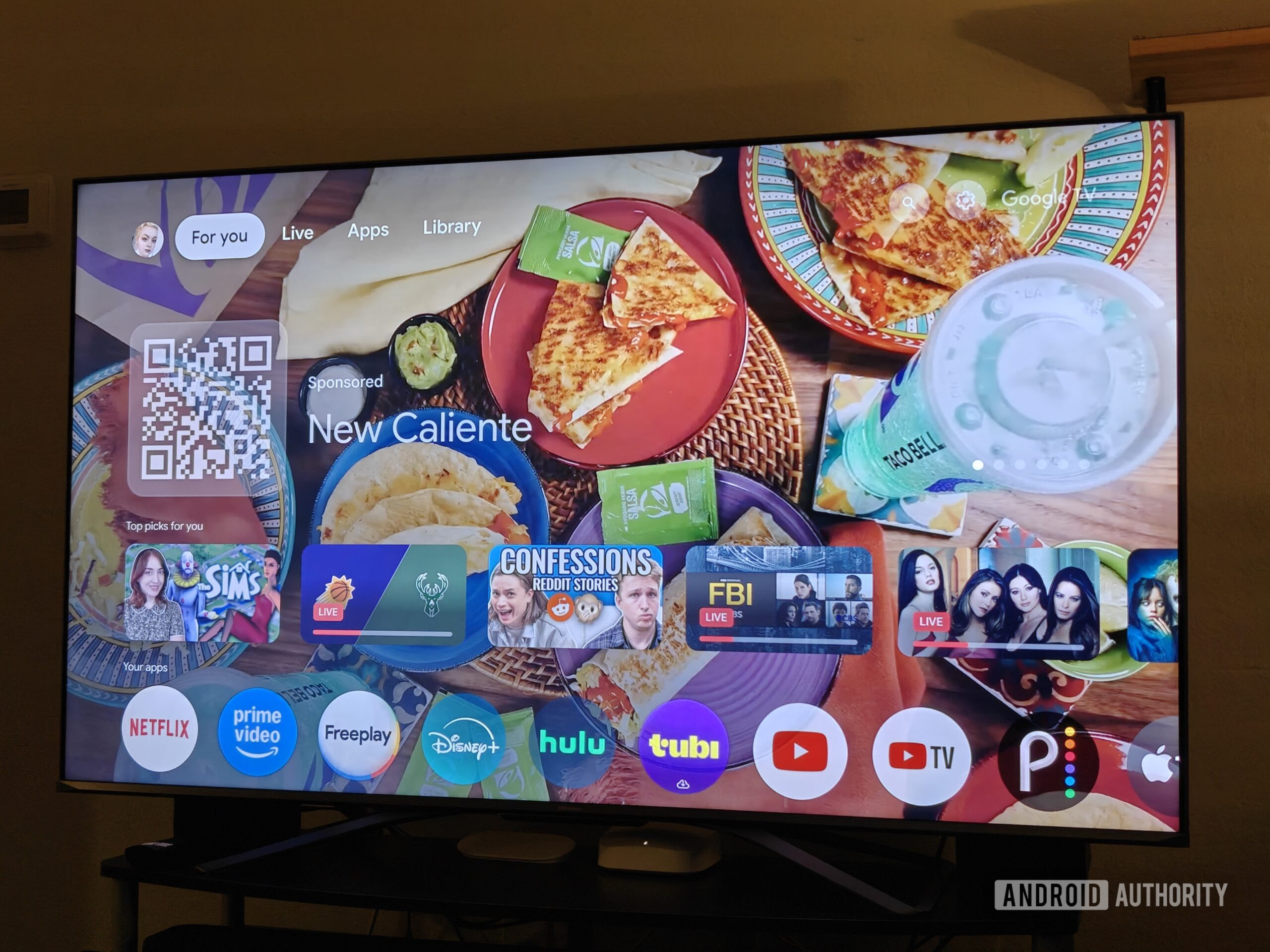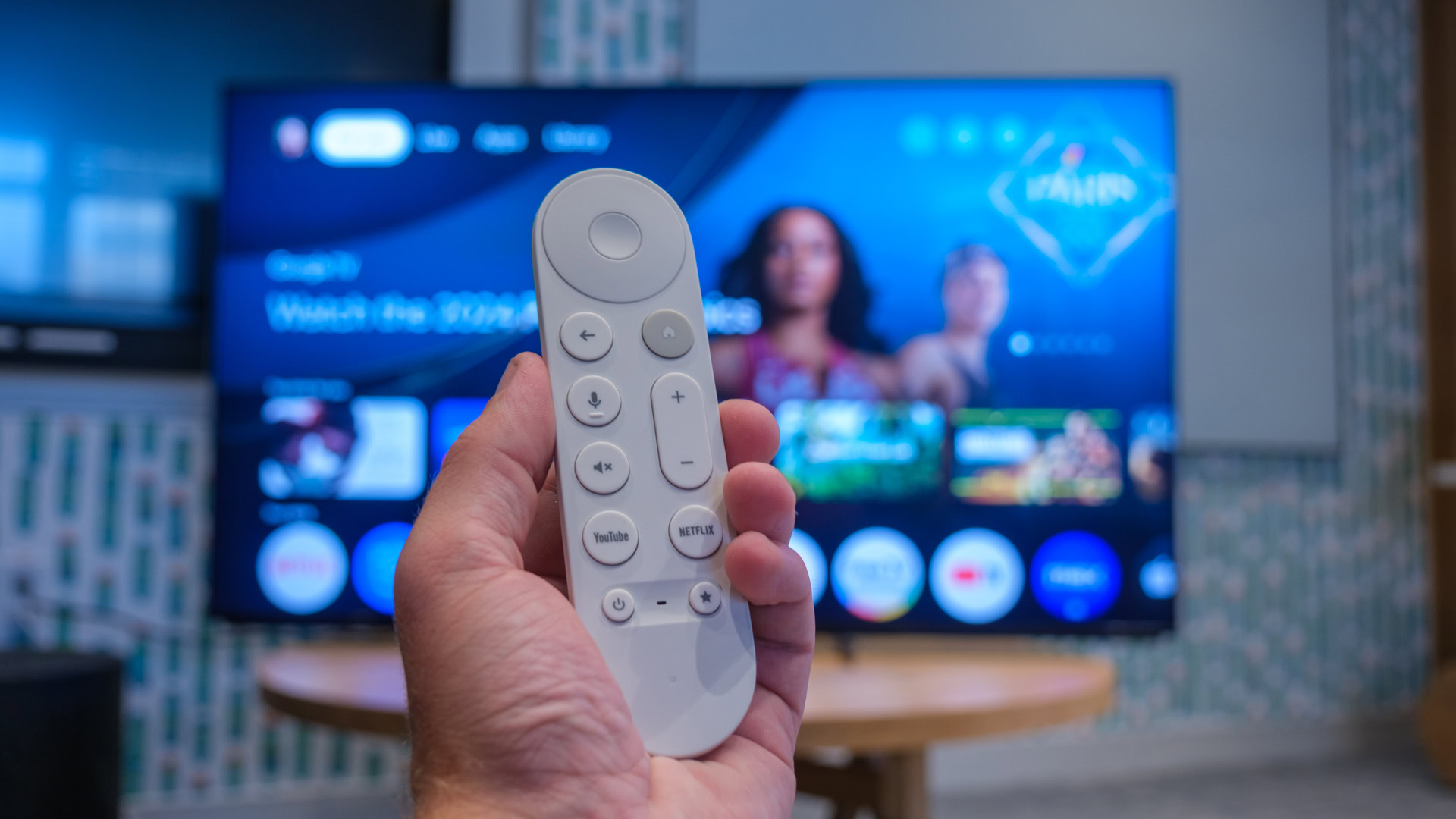
Joe Maring / Android Authority
Studying that Google is reducing the RAM necessities for Google TV despatched shivers down my backbone. I can already see the 1-star opinions flooding in for TVs that haven’t even launched but: “horrendous efficiency,” “laggy interface,” “don’t purchase.”
Google hasn’t specified the brand new minimal, however with Android TV dropping its requirement to simply 1GB, that’s probably the goal for upcoming finances Google TVs as nicely. And that’s not good.
If there’s one factor sensible TVs completely don’t want, it’s worse specs — particularly much less RAM. Many finances TVs and streaming sticks already wrestle with efficiency, and RAM will be the distinction between a easy UI and a lag-fest. This isn’t a theoretical argument; I’ve lived it.
I’ve tried to like Google’s TV merchandise, however the finances expertise is so poor.
My first run-in with Google’s platform was 2020’s Chromecast with Google TV, seemingly a discount at simply $50. It shipped with simply 8GB of storage (solely 4.4GB usable), 2GB of RAM, and a modest Amlogic S905X3 chip. The UI was simply easy sufficient, however heavier apps like Kodi felt sluggish, and making an attempt to breeze by a number of streaming companies was a wrestle. The expertise was OK, however hardly sensible, and the shortage of storage had me itching to ditch it.
Do you will have efficiency points in your low cost Google TV machine?
151 votes

Ryan Haines / Android Authority
My second try was a budget-conscious improve to a TCL 4K QLED. No OLED splurge right here — simply one thing low cost and supposedly ok for the odd consolation present. With a extra spacious 12GB of storage, 2GB RAM, and a quad-core Cortex-A55 CPU like my outdated dongle, I figured it could not less than match my Chromecast. Even higher, it got here with the outdated stripped-back Android TV interface, which I hoped would run extra easily.
However then got here the dreaded replace. Seemingly in a single day, my TV was reworked right into a sluggish mess, rebranded with Google TV’s bloated UI, full with uneven animations and intrusive adverts — the whole lot I’d hoped to keep away from with the extra primary interface. Worse, as soon as easy UI scrolling turned to stutters, apps held on launch, and casting grew to become a glitchy, delayed mess.
The shift was surprising — easy(ish) at some point, verging on unusable the subsequent. And there’s no rollback. Positive, I paid little, however I nonetheless really feel ripped off as I battle the now barely useful UI. Primarily based on my expertise, 2GB is the naked minimal for Google TV, however Google is reducing the necessities. No, thanks.

C. Scott Brown / Android Authority
So no, I’ve zero religion that “low RAM” TVs will profit anybody long-term. Particularly as Google is intent on stuffing the platform with extra adverts and bloat that’ll solely lavatory it down additional. Whereas placing sensible TV capabilities within the palms of extra shoppers sounds good on paper, a subpar expertise may have them reaching for different platforms when it’s time to improve.
RAM is simply a part of the image, in fact. UI lag and sluggish loading occasions are simply as a lot a fault of a budget CPUs that infest the finances TV sphere. However plentiful RAM ensures apps can reside in reminiscence between makes use of, making it sooner to hop forwards and backwards with out horrendous load occasions and UI stalls. Simply have a look at the beloved NVIDIA Protect TV: 2GB or 3GB of RAM (relying on the mannequin) and a handy guide a rough Tegra X1 nonetheless make it among the finest performers within the area — that’s the extent each Google TV ought to aspire to.
Poor efficiency will flip customers off Google TV in the long term.
Not each TV must be a powerhouse, however there’s a minimal spec line that shouldn’t be crossed — and reducing RAM necessities pushes us nicely under it. Google’s transfer invitations producers to chop much more corners, and the result’s predictable: sluggish, irritating gadgets that depart a bitter style for the complete platform.
If Google needs to compete in the lounge, it must implement increased minimal requirements, not decrease them. Till then, be cautious of sensible TVs with bargain-bin specs. Or higher but, overlook the built-in OS and spend money on a stable Android TV field.

